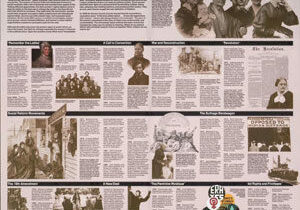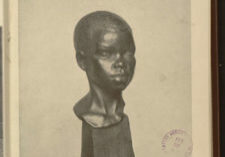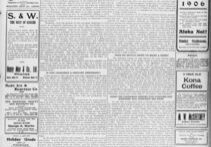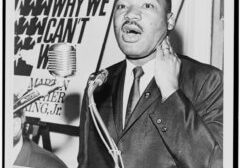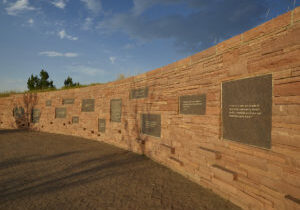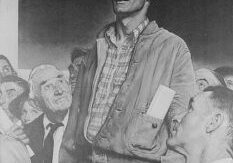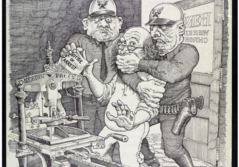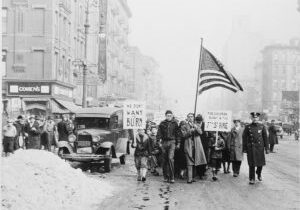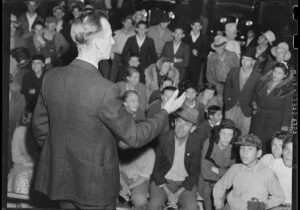Lesson Plans
The Brownies’ Book: I Am an American Citizen
Students analyze an issue of the Brownies' Book to investigate its historical significance and explore how the theme of American citizenship was presented to children back then and could be represented to youth of today.
Chinese Citizenship in Hawaii
Students analyze early 19th-century arguments against citizenship for Chinese immigrants to Hawaii and one journalist's rebuttal to that "defense", then investigate arguments for and against an immigrant group in America today and compare the historical and contemporary debates.
Why We Can’t . . .
Students investigate how a powerful slogan was used by civil rights leader Martin Luther King, Jr. and consider how it might be applicable to a contemporary issue.
The Scientific Method, School Shootings, and Civic Action
Students make connections between scientific method of thinking and the rights of the American democracy established by the Constitution regarding civic action. Integrating scientific thinking with civic content, students experience the connection between methods of scientific analysis and civic action. Next, students examine the history of school safety in this country, school related violence and death, and legislative efforts to improve school safety. Students then generate questions, draw conclusions and develop their own plan to use data for civic action.
Dolores Huerta: Building Coalitions to Affect Change
Students explore the experiences of Mexican-American farmworkers in the United States and learn about how they – especially through the leadership of Dolores Huerta and the United Farm Workers – worked with others for improvements in pay and working conditions, as well as respect for their civil rights. Students analyze primary sources that document working and living conditions at different times in order to build context and then analyze additional sources that highlight the contributions of Dolores Huerta, including a poem written to celebrate her work. Finally, students write their own poem about a time they worked as part of a coalition to help solve a problem.
